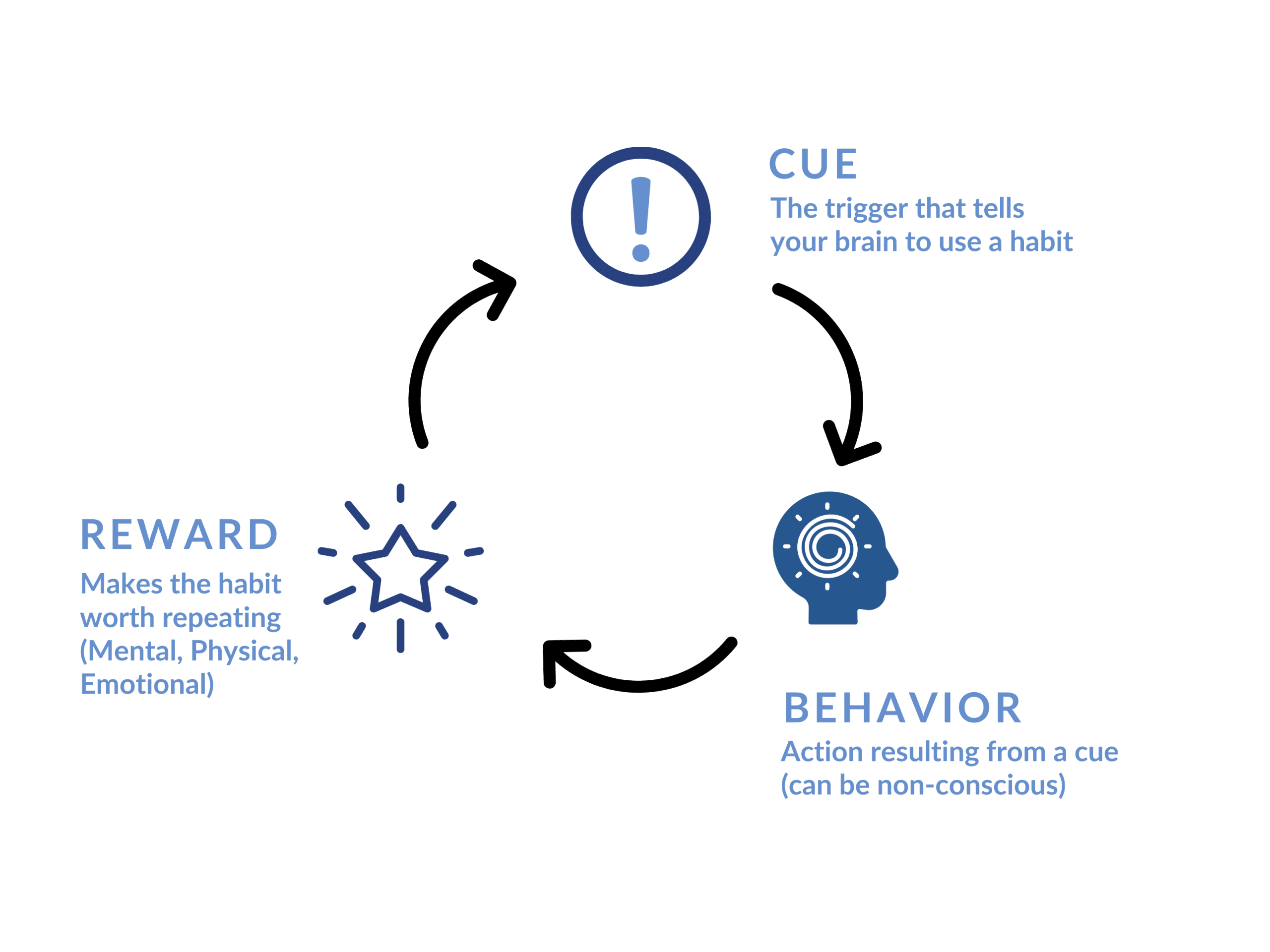The Habits Framework–A Tool for Better Insights
Influencing consumer behavior is typically required to drive brand growth—whether it’s by inspiring usage of a new category, nudging consumers to switch brands, or encouraging more frequent purchase or usage of a product or service. As marketers, we need to understand consumer behavior.
Using Frameworks for Better Qualitative Research Insights
Qualitative research leveraging psychological frameworks can help make sense of consumer behavior and guide actions that can help marketers achieve our objectives. These frameworks are evidence-based explanations of thoughts, emotions and behaviors. Frameworks clarify the randomness of your consumers’ behavior by providing a systematic explanation for what they do. They turn the “surprising facts” in your findings into to more generalizable insights with strong predictive power.
In qualitative research, we find that frameworks are not widely used, leading to results that often only tell part of the story. Frameworks shape qualitative analysis to drive impact and make recommendations more actionable.
More About Explanatory Frameworks
Frameworks take a variety of forms and come from a variety of sources. Some derive from the world of psychology or consumer science, while others originate from the world of behavioral economics, sociology, or user experience.
There are different methods for incorporating frameworks, based on research objectives and other criteria. Below are two typical approaches:
- When used at the start of a study, the framework is utilized by those designing the research to shape specific lines of questioning to elicit relevant feedback. The analysis is then completed through the lens of the same framework.
- It is also possible to apply a framework during analysis, even when specific lines of questioning were not used during the fieldwork.
A Case Study Using the Habits Framework
The Habits Framework, based in behavioral science, can be applied to many marketing problems. The framework builds on the work of many researchers beginning with Ian Pavlov and B.F. Skinner in the early to mid 1900s and has more recently been popularized by Charles Duhigg’s book The Power of Habit: Why We Do What We Do In Life and Business. As Duhigg explains, “Hundreds of habits influence our days … but every habit, no matter its complexity, is malleable.” Marketers can take advantage of the malleability of habits to influence and drive predictable, regular behavior.
The Habit framework has three elements:
- The cue is a trigger that tells the brain to go into automatic mode and begin the behavior
- Next comes the behavior, the action resulting from a cue (can be non-conscious)
- Finally, the reward, which can be physical, mental, or social, reinforces the routine, drives repetition, and the formation of the habit

We applied the habits framework to a project for a pest control company seeking to understand how to drive repeat usage of their monthly preventative maintenance program. Their customers were not applying the product regularly year-round to provide full protection.
Qualitative exploratory research uncovered two reasons for irregular use—one associated with the cue and the other with the reward. For those centered on “missing” the cue (the passage of 30-days time) and forgetting to purchase/use the product, our recommendations focused on things to make the cue more blatant or connect it with other memorable behaviors or stickier habits.
The second reason for lapsing treatment was consumers’ lack of motivatation to administer the product during winter when they felt the risk was minimal and the reward (a feeling of security from infestation) was insignificant. For this issue, our recommendations were around strengthening the reward or substituting other rewards such as cost savings or gamified experiences related to purchase/usage.
The Value of Explanatory Frameworks
Frameworks systematically explain why consumers do what they do, giving you the power to use that understanding for your benefit. Because you now understand the “why?” through a reliable and repeatable framework, you can better predict what will work in the future. This means your research doesn’t just answer your current question, but can help answer future questions that you might not have even thought of yet.
Please click the link below to download our infographic. We hope you find it useful.
Download our infographic – 6 Reasons to Use Frameworks in Qualitative Research







